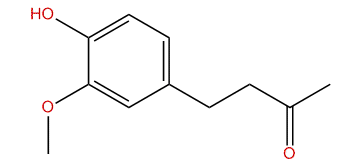Formula C11H14O3 | Molar mass 194.22 g/mol | |
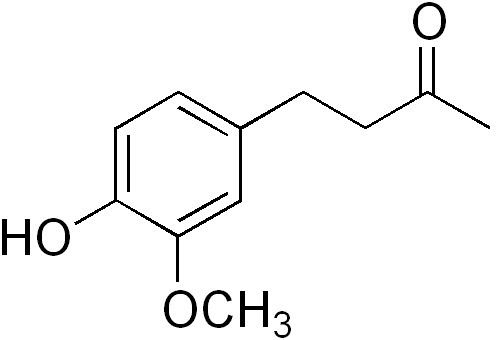 | ||
Ginger benefits zingerone against radiation
Zingerone, also called vanillylacetone, is thought by some to be a key component of the pungency of ginger, but imparts the "sweet" flavor of cooked ginger. Certainly Zingerone is a crystalline solid that is sparingly soluble in water, but soluble in ether, however when synthesised and tasted does not have any pungency, which suggests it is more likely that zingerone is a decomposition product of, rather than the direct source of the pungency of ginger.
Contents
- Ginger benefits zingerone against radiation
- Zingerone rom review on xolo a500s ips
- Biological effects
- References
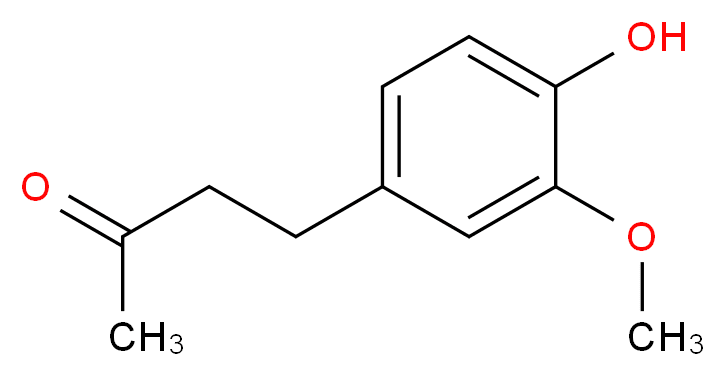
Zingerone is similar in chemical structure to other flavor chemicals such as vanillin and eugenol. It is used as a flavor additive in spice oils and in perfumery to introduce spicy aromas.

Fresh ginger does not contain zingerone, but it is produced by cooking which performs a reverse aldol reaction on gingerol.
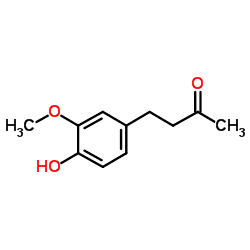
Zingerone rom review on xolo a500s ips
Biological effects
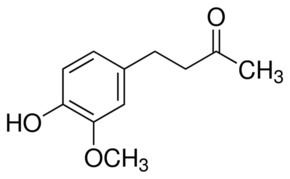
Ginger compounds have been shown to be active against enterotoxigenic Escherichia coli heat-labile enterotoxin-induced diarrhea. This type of diarrhea is the leading cause of infant death in developing countries. Zingerone is likely the active constituent responsible for the antidiarrheal efficacy of ginger.
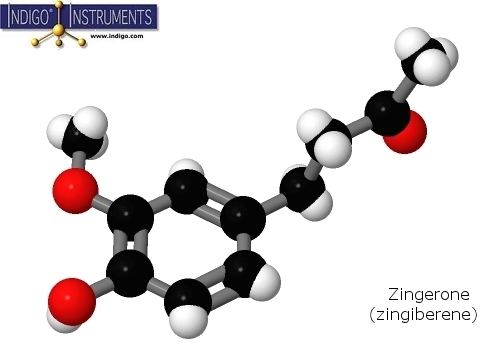
Zingerone also stimulates the release of catecholamines, which aids in breakdown of fat cells and zingerone was shown to inhibit obesity-induced inflammation.
